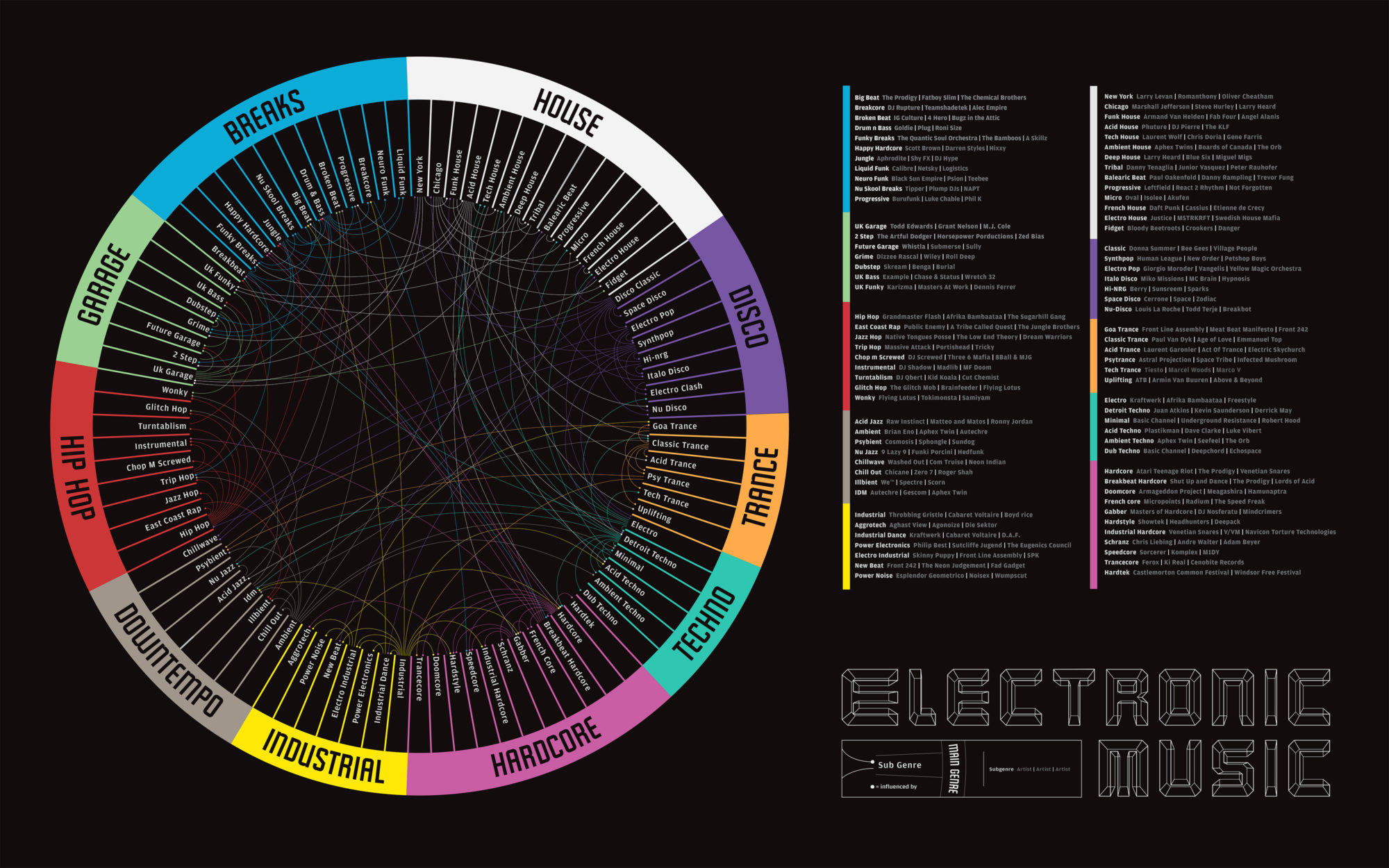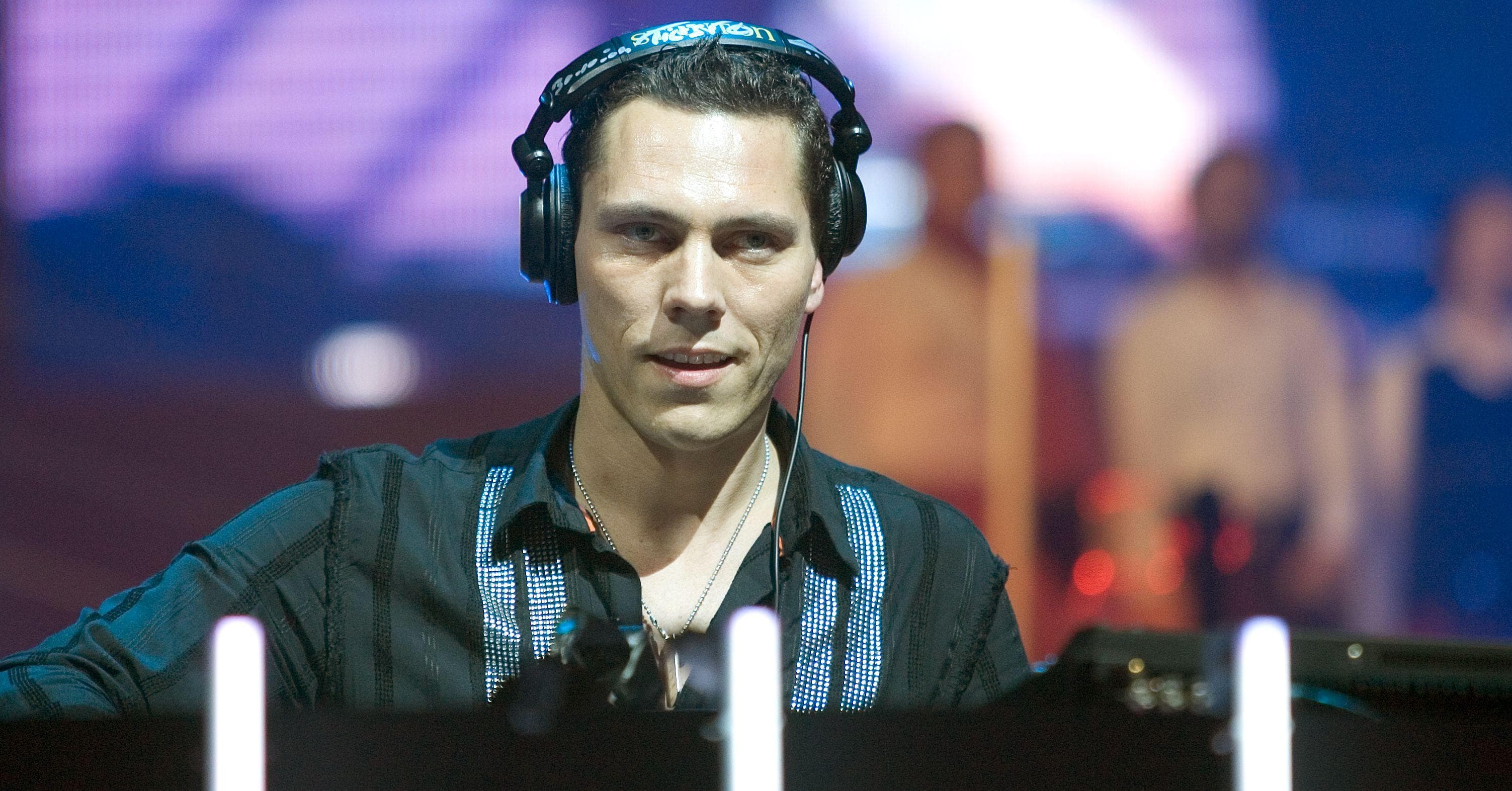This is as great a period as any to move quite possibly of the greatest misguided judgment. EDM isn't the electronically delivered likeness popular music. It's not large room house by the same token. It's not so much as a type.
EDM (or electronic dance music) is the consolidated term for all types inside the dance music space. This incorporates sorts, for example, encompassing, drum and bass, house, electro, techno, daze, hardstyle and some more. To put it obtusely, the expression "EDM" has been abused for a really long time; it is substantially more than simply a specific style of music. Snatch yourself a pen and a piece of paper, since you should be taking notes all through this exhaustive summary of electronic dance music.
The Definition of Edm

As you might have finished up from the article introduction, the meaning of electronic dance music is a straightforward one. Frequently contracted to EDM, electronic dance music reduces to "all music delivered electronically for individuals to move to". See what we did there? Electronic(ally created) dance(able) music. There's nothing more to it. It's just straightforward!
A (Brief) History of Electronic Dance Music

Remembering the above definition, we can follow the beginning of electronic dance music back to Jamaica during the 1960s. The specialists there attempted to make new types of music by covering different tracks on reel-to-reel sound recording devices. This specific style of music, which was called name music, became well known in clubs and bars and was basically the primary type of electronic dance music, in any event, going before disco.
During the 1970s, when the disco time began reaching a conclusion, something comparable happened. A man called Frankie Knuckles attempted to reproduce tracks and sounds by combining different classifications, changing the rhythm and adding percussion. House music was conceived, a style of music so irresistible it before long spread to the remainder of the world. Inside a following couple of many years, incalculable new classes sprung up inside the electronic dance music range. What's more, presently, EDM is perhaps of the most flourishing and well known element in the whole music scene.
An incredible method for estimating the notoriety of sorts inside electronic dance music all through the years is to go through the consequences of all yearly DJ Mag Top 100 surveys. You'll see that the prominence step by step moved from dependable (presently old-skool) house to the more hands-up, celebration arranged sound (moderate house/enormous room) when EDM began crossing once again into mainstream society more.
The Most Popular Edm Genres
Since EDM is the umbrella term for everything created electronically or chiefly comprising of electronic parts, there are various classes inside EDM that each hold their own spot on the dance music range. Underneath, we separate the most famous classifications inside electronic dance music and proposition a couple of instances of what these styles of music sound like.
Do remember that the line between classifications can be exceptionally flimsy and foggy, generally on the grounds that a ton of specialists love to enhance and join components from various types. The names we provide for specific classifications are additionally very abstract. Where some could feel that a specific sound fits classification one, others from an alternate melodic region could put that equivalent sound into kind two. Indeed, even the class on Beatport change from time to time, particularly when certain kind terms escape style. Something worth mulling over.
Ambient: Surrounding music centers around the climate and apparent surfaces of music instead of cadence and design. Surrounding surfaced during the 1970s when synthesizers were utilized to make exploratory music. The expression "encompassing music" was purportedly instituted by English maker Brian Eno, who is broadly viewed as a legend inside the class.
Big room: Huge room (or enormous room house) is one of the fresher kinds in this rundown. At first a subgenre of electro house, huge room began its brilliant ascent around the mid 2010s through now-eminent demonstrations like Swedish House Mafia and Martin Garrix. Its pretentious person, negligible songs and electro-house-style drops loan themselves especially well to busy time occasion openings, which is the reason it before long became one of the go-to sounds at the mainstages of large numbers of the world's greatest dance live performances.
Chill-out: Where precisely relax starts and other, more downtempo kinds end, is a piece dubious. As a rule, the sort of music that is frequently alluded to as relax can be described by sluggish rhythms, loosened up states of mind (so no excessively dramatic harmony movements or complex tunes), and some of the time even energetic or traditional impacts. Regardless, relax represents simple tuning in and slowing down from the pressure of day to day existence as opposed to causing a spike of adrenaline.
Deep house: What really groups as profound house is questionable. In the left corner, the perfectionists declare by the more on the ball House tracks of craftsmen like Marshall Jefferson and Larry Heard from, thinking back to the '80s. That style of house music embraced a lower rhythm (bpm) and a more profound feel through gospel-like vocals or Energetic energies in contrast with "normal" house.
In the contrary corner stand the ones who associate the term 'profound house' to the popularized type of house music of late times. That type of 'profound house', which is much of the time cheery, radio-accommodating and very summer-like, inclines more toward pop-dance or electro pop because of its successive application in the popular music domain. You can likewise contemplate famous tracks from craftsmen like Lost Frequencies and Criminal, or a large number of the tracks highlighted in our Profound House Hits playlist on Spotify.
Whichever type of profound house you feel is the genuine structure is completely dependent upon you. Be that as it may, likewise with all styles of music, it keeps on advancing, at times to where it is no more so firmly associated with its unique sound. So why not embrace that reality and root for both?
Disco: Disco is where more customary music styles like cadence and blues, funk, soul and popular music impact. It was extremely well known during the 1970s and 1980s, and one of the absolute first classifications of electronic dance music to acquire such an immense following. In truth, disco to a great extent highlighted more acoustic instruments than electronically delivered components, however it was likewise one of the primary impacts for house music, which is we just needed to incorporate it.
Drum and bass: Generally curtailed to DnB, drum and bass tracked down its starting point in the U.K. during the 1990s. It is based on speedy breakbeats in non-standard rhythms and may highlight crude and weighty bass tears to accomplish its forceful sound, however this relies upon the sub type. Fluid drum and bass, for example, is significantly gentler and melodically situated.
Dubstep: Albeit frequently mistook for drum and bass by the individuals who don't have the foggiest idea what's going on with everything, dubstep isn't as high speed and for the most part not as break-beat like. It does anyway highlighted eccentric rhythms and is commonly known for a particular sound component: the wobble bass (the 'wub').
Electro house: Electro house surfaced when electro, initially a combination of funk, early hip-bounce, and New York boogie, met the house scene of the last part of the 1990s. By and large, house is driven by a crude, unmistakable bassline and strong kick drums, making it to some degree a siphoned up rendition of 'normal' house music.
Bad-to-the-bone: Bad-to-the-bone, evidently going by the name of no-nonsense techno once, started in the Netherlands during the 1990s and is ostensibly the hardest style in this rundown. It is extraordinarily quick moving (160 to 200 beats each moment) and frequently depicted as savage by the people who favor more fragile music. The genuine mark of no-nonsense lies in the kick drums, which are unparalleled in both force and the use of twisting impacts.
Hardstyle: Hardstyle is - as its name suggests - additionally one of the harder styles in this rundown. It is more melodically arranged than bad-to-the-bone however, and positively not as commotion weighty (sorry, no-nonsense fans). Its position in the electronic music range is some in the middle of between hard techno and no-nonsense, however it additionally draws from daze music now and again.

